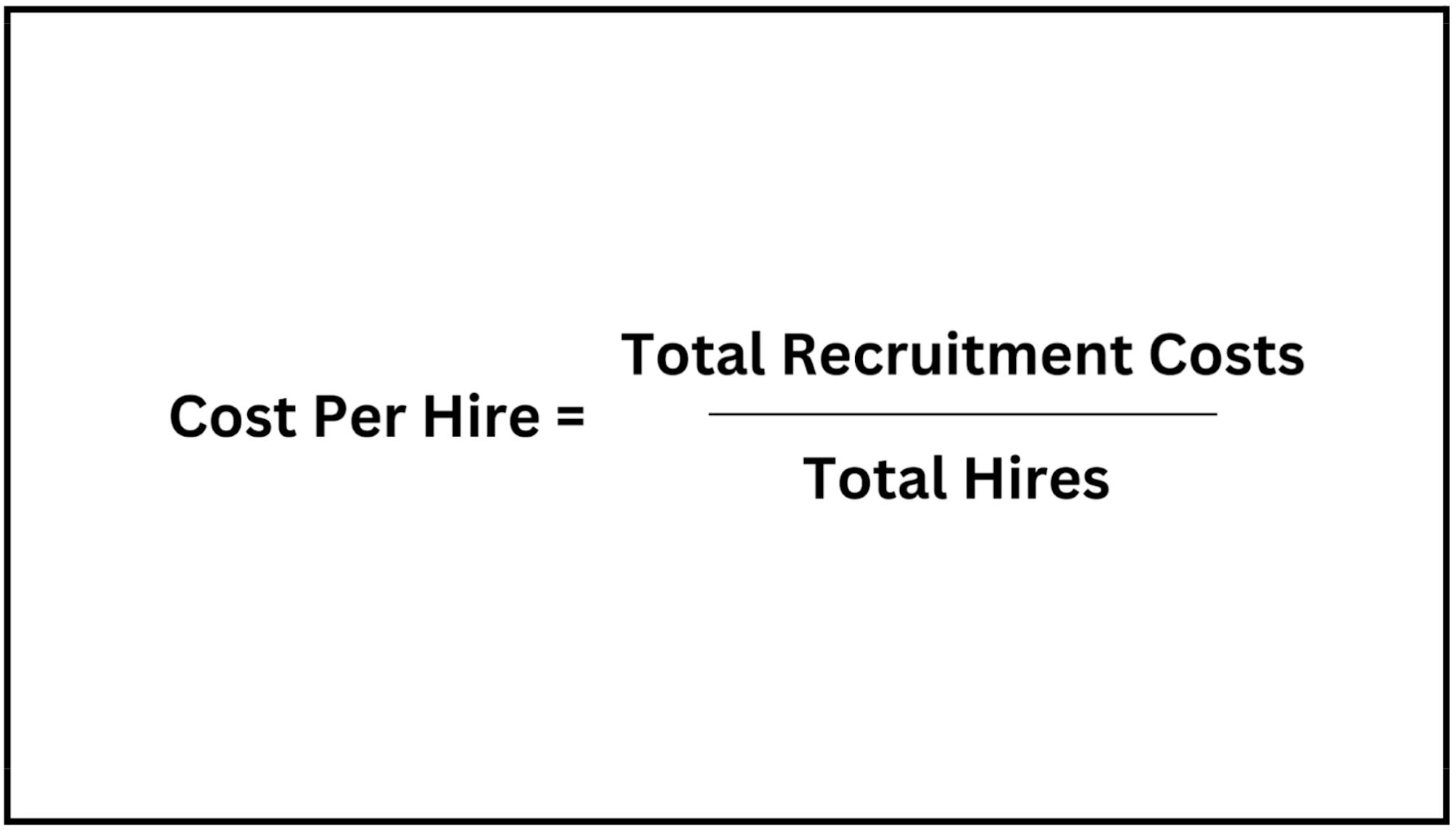Learning how to reduce cost per hire can make a big difference to an organization's budget and talent acquisition success.
The average cost per hire was $4,129 in 2019 but rose to $4,700 in 2023, which is a 14% increase.
However, the cost of hiring an employee is often higher for certain positions experiencing talent shortages. For instance, hiring developers can cost up to $35,000 per hire.
As recruitment is one of the largest investments for any business, optimizing this cost while maintaining quality is challenging.
Are you...
- Experiencing recruitment costs that strain your budget?
- Searching for ways to streamline hiring without sacrificing quality?
- Finding it difficult to attract top talent while minimizing expenses?
Improving cost-efficiency in hiring gives businesses a competitive edge in attracting quality talent while freeing up resources for other growth areas. This guide explores the most practical ways to reduce your cost per hire.
This article is for:
- HR professionals aiming to lower recruitment expenses
- Startups working with limited resources
- Organisations looking to improve hiring efficiency
Understanding Cost Per Hire
Reducing cost per hire (CPH) begins with a solid understanding of what this metric means and how it affects a company’s financial and operational performance. Cost per hire calculates the average amount spent on recruiting each new employee and includes both internal and external expenses.
What is Cost Per Hire?
Cost per hire is the average total cost associated with recruiting a new employee. This metric includes advertising, agency fees, onboarding costs, and recruiter salaries. Reducing CPH yields long-term benefits, such as better return on investment (ROI), higher operational efficiency, and improved overall talent acquisition strategies.
How To Calculate Cost Per Hire
The formula for calculating cost per hire is:

Expenses factored into this calculation may include:
- Paid promotions on job boards, social media, or other platforms.
- Costs of outsourcing recruitment services.
- Costs for training sessions, materials, and other new-hire onboarding essentials.
[Link to Cost Per Hire calculator TBD page]
6 Ways To Reduce Cost Per Hire
Implementing specific strategies can help organizations reduce CPH without impacting the quality of new hires. Each of the following methods offers actionable steps to streamline the hiring process and optimize recruitment budgets.
Employee Referral Programs
Employee referral programs are an efficient way to lower recruitment costs while attracting candidates likely to fit well with company culture. Current employees can refer suitable candidates from their network, leading to faster recruitment timelines, and often reduced spending on job ads. Referral programs frequently result in higher employee retention, saving on costs associated with future recruitment efforts.
Remote Crew provides a great example of harnessing employee referrals within tech recruitment, as it allows businesses to tap into a network of skilled professionals with verified recommendations. This approach can be especially useful for start-ups or smaller teams seeking talent.
Use Recruitment Technology
Adopting recruitment technology such as Applicant Tracking Systems (ATS) and automation tools can have a significant impact on CPH. Recruitment software can simplify tasks like CV sorting, interview scheduling, and follow-up communications, reducing manual work. Automating these tasks allows HR teams to focus more on candidate assessment, resulting in a more cost-effective hiring process.
Leveraging tools that support remote hiring, such as those offered by Remote Crew, allows companies to tap into an international talent pool, widening their search while reducing the costs of traditional hiring practices.
Optimize Job Advertising
A carefully planned approach to job advertising can cut recruitment costs substantially. Researching the most effective channels for your target audience helps avoid unnecessary spending on broad job boards. Niche platforms or industry-specific job boards often bring better candidates with lower ad spend. Remote Crew’s platform can connect organizations directly with remote talent, avoiding the high costs of international recruitment channels.
Promote Internal Hiring
Promoting internal hiring not only saves money on recruitment advertising but also strengthens employee engagement. Developing a culture that values growth from within can help fill vacancies quickly and efficiently. Offering training and development programs keeps current employees engaged, reducing the need for frequent external hires. Internal hiring is particularly effective for organizations with high retention, as existing employees are already aligned with company values and processes.
Leverage External Resources Efficiently
When it comes to scaling or project-specific recruitment, partnering with agencies or using freelancers can be a cost-effective solution. Remote Crew provides companies with access to vetted remote professionals, allowing organizations to bring in skilled workers as needed without the high costs associated with long-term contracts. Flexible hiring solutions can help businesses remain agile in fluctuating market conditions, filling roles quickly and within budget.
Improving Candidate Experience
A positive candidate experience can greatly impact hiring outcomes and reduce costs. Candidates who experience smooth, efficient processes are more likely to accept job offers, reducing the time and resources spent on filling roles. Ensuring consistent, transparent communication throughout the hiring journey helps maintain candidate interest and enhances employer branding.
Remote Crew focuses on simplifying the candidate experience, which allows businesses to attract high-quality talent from a global pool without excessive spending.
Track & Optimize Recruitment Metrics
Tracking metrics such as time-to-hire, candidate quality, and cost-per-hire provides valuable insights into recruitment performance. Continuous tracking and analysis enable organizations to identify areas for improvement, allowing for real-time adjustments in strategy. Keeping these metrics under review helps companies optimize each stage of the hiring process, achieving more with less expenditure.
Closing Thoughts & Looking Ahead
Reducing cost per hire is an essential part of any business’s recruitment strategy. Focusing on efficient hiring practices allows companies to allocate more resources to employee development, technology upgrades, and other core areas that drive business success. Implementing these strategies leads to more cost-effective, efficient hiring while ensuring that the quality of new hires remains high.


